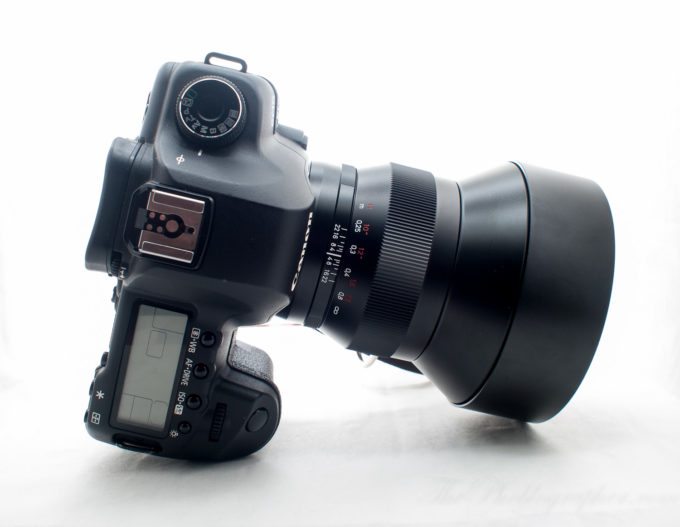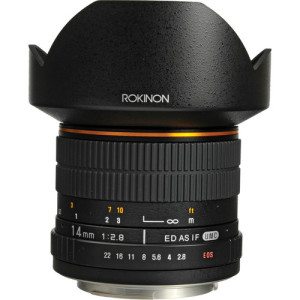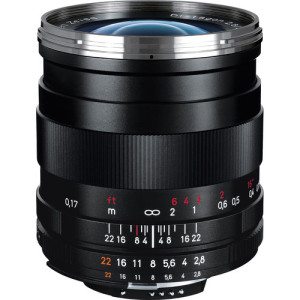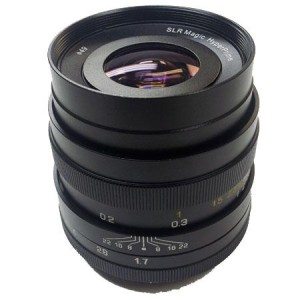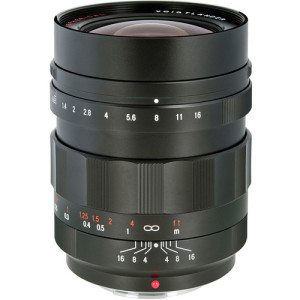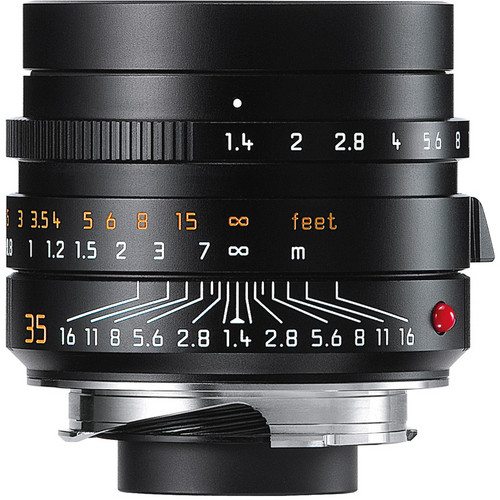There are some lenses that we dream of, and then there are lenses that we seriously wish that we were truly worth of. In a world dominated by autofocus lenses, some manual focus glass takes a step back to the modern convenience of phase and contrast detection. But there are still lenses that are not only worth their weight in gold, but worth attaching to your camera and gluing on forever.
These lenses range from the affordable to the pricey–and many tend to drool just a bit too much on their pillows at night when these lenses come to mind.
Here’s our round up of five manual focus lenses that will be the apple of your eye.
Rokinon 14mm f2.8
Most ultra wide angle lenses are extremely expensive. Not only are they very specialized, but a lot of work goes into the construction of them to ensure that they cut down on distortion, have excellent color, maintain sharpness, and lots more. But then there is the lens that has all of that and still manages to keep the price point down.
Rokinon’s 14mm f2.8 ultra wide angle prime is an all manual focus and manual aperture lens. At the moment of publishing this piece, only the Nikon version of the lenses have chips to allow for aperture control from the camera.
When we reviewed the lens, we were incredibly impressed with what it was capable of. In addition to the image quality, we were also smitten with the buttery smooth manual focusing ring.
If you’re not a Nikon user, we strongly recommend that you spring for using your camera’s LCD screen and Live View focusing–unless of course your camera has a 100% viewfinder and your eyesight is really just that good.
Additionally, never shoot with these lenses attached to your camera and your camera set to any automatic functionality. It just won’t work.

Zeiss 25mm f2
Zeiss has been a manufacturer of photographic lenses for longer than many of us have been alive. And so with that in mind, their experience surely warrants their branding and their legacy. Zeiss lenses are often more affordable than Leica counterparts and are the most versatile of the German lens manufacturers. The company was the first to catch onto the DSLR video revolution and come out with cinema glass for the format–not counting RED if you really want to get technical.
Amongst our favorite pieces of glass is the Zeiss 25mm f2. Just a tad longer than a tradition 24mm lens, Zeiss’s main strengths are many. Not only does the metallic exterior give you some stellar build quality, but the colors when shooting the lens wide open are out of this world.
All Zeiss lenses have AF confirmation chips built in to communicate with your DSLR’s focusing algorithms and ensure that you have your subject sharp. While it comes with a hefty price tag, it’s absolutely justifiable to the photographer that needs the ultimate in build quality.
SLR Magic 23mm f1.7
SLR Magic was bashed for years when they released their toy lenses. But over time, they grew to earn the trust of forum fanboys and much of the mirrorless world. Developed in China by a team of lens makers with many years of experience, SLR Magic’s 23mm f1.7 is designed for APS-C mirrorless cameras and Micro Four Thirds shooters. It is another lens on this list that not only has a fully manual focusing action but also a full manual aperture.
When we tested it with the Fujifilm X Pro 1, we found it to be a tad soft wide open but when stopped down to f2 the results dramatically improved. Because of Fujifilm’s sensor technology, any photo you shoot with this lens will naturally be sharper than a Micro Four Thirds or Sony NEX variant.
The outside of the lens has a full metal build quality–and beats even that of Fujifilm’s own stout primes. Best of all the lens is often sold at extremely affordable prices. And considering that focus peaking is now present in every mirrorless camera system, you almost have no reason to not spring for one.
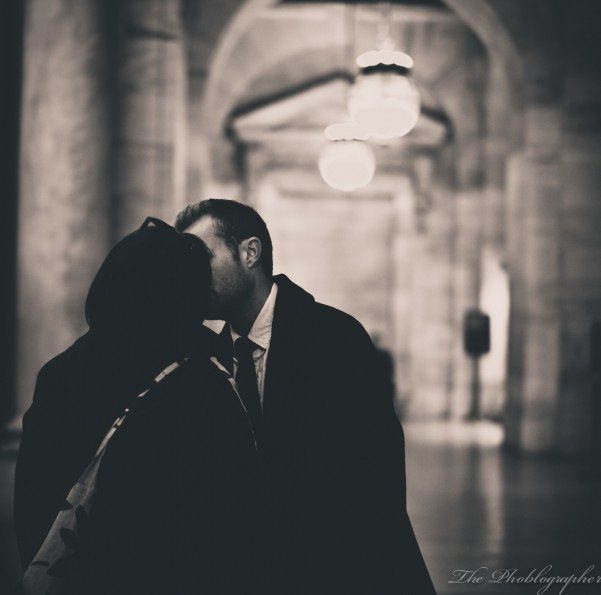
Voigtlander 17.5mm f0.95
Voigtlander’s 17.5mm f0.5 is extremely exacting. This lens was designed for Micro Four Thirds cameras and in some ways is the most versatile lens on this list. How so? Well besides the super fast f0.95 aperture that lets you capture some glorious bokeh and the all metal build to the lens, it has a very special trick. There is a ring in front of the aperture ring that lets you immediately convert the lens to a clickless aperture lens. Clickless aperture lenses are better for videographers–and when used with focusing and aperture gears it can turn into a lens that you’ll swear by for as long as you’re locked into the system.
This lens will render the equivalent of an f2 field of view on a full frame camera–but the light gathering capabilities are the exact same as with any other camera and lens.
If you really want the compactness of a Micro Four Thirds camera with the depth of field of a full frame option, this is the lens you’ll want to consider.
As a side note, it is a lens that we test every Micro Four Thirds camera with: and is considered by many to be amongst the creme-de-la-creme of the system.
Leica 35mm f1.4 M ASPH
And seriously, what would this list be without a Leica option?
A couple of years ago, Leica updated their venerable 35mm f1.4 lens with new lens coatings and a slightly different build. We’ve used it a couple of times and it really has to be one of the most beautiful 35mm lenses that we’ve ever used. The only thing that comes close is the Sigma 35mm f1.4.
Granted, it is out of the price range of most folks. But it is a lens that everyone should know about.
Please Support The Phoblographer
We love to bring you guys the latest and greatest news and gear related stuff. However, we can’t keep doing that unless we have your continued support. If you would like to purchase any of the items mentioned, please do so by clicking our links first and then purchasing the items as we then get a small portion of the sale to help run the website.


